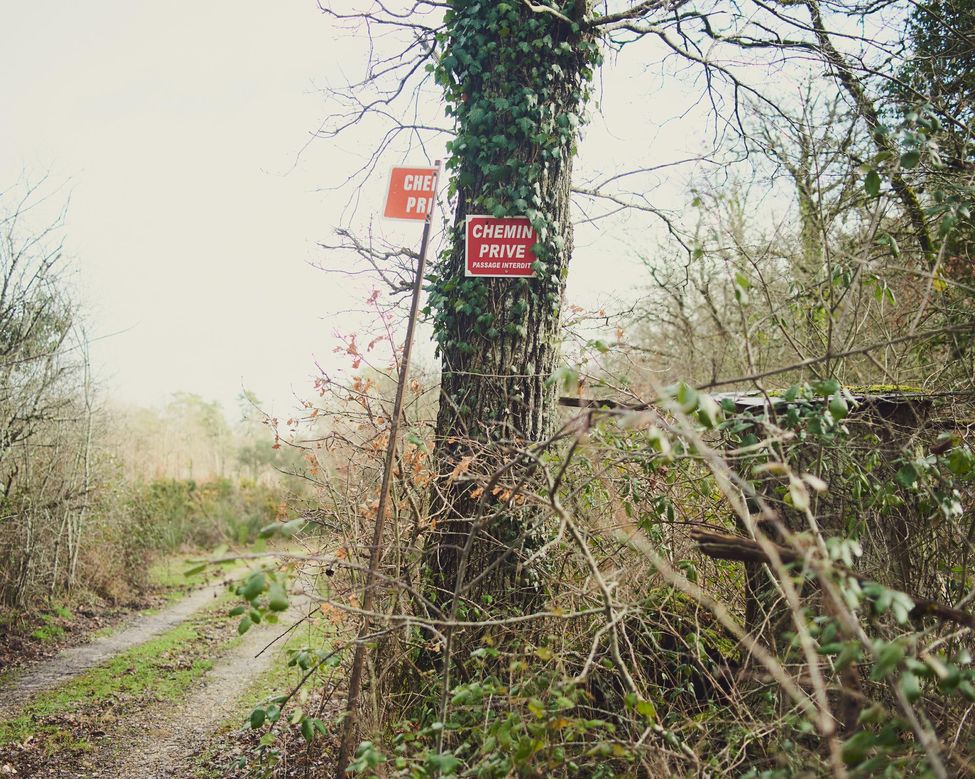Fences Divide Sologne Hunting Areas: A Growing Controversy
The picturesque Sologne region of central France, renowned for its vast hunting estates and diverse wildlife, is facing increasing division due to the proliferation of fences. This controversial practice, aimed at managing hunting grounds and protecting game, is sparking heated debates among landowners, hunters, and conservationists alike. The impact on biodiversity, traditional hunting practices, and the overall landscape is becoming a significant concern.
The Rise of Fencing in Sologne
For centuries, Sologne's hunting landscape has been characterized by open fields and woodland interspersed with carefully managed areas. However, in recent decades, a trend toward extensive fencing has emerged. This is driven by several factors:
- Increased privatization of hunting grounds: Larger estates are increasingly common, leading to a desire for greater control over access and game management.
- Focus on intensive game management: Fencing allows for the creation of enclosed areas where specific game species can be bred and protected, optimizing hunting opportunities.
- Concerns about poaching: Fences are seen by some as a deterrent to illegal hunting activities.
The Negative Consequences of Fencing
While proponents emphasize the benefits of controlled hunting and game preservation, the rise of fencing in Sologne also raises significant concerns:
Impact on Biodiversity
- Habitat fragmentation: Fences disrupt the natural movement of animals, hindering their access to food and breeding grounds, potentially leading to declines in biodiversity. This affects not only game species but also a wider range of flora and fauna.
- Reduced genetic diversity: Isolation of populations due to fencing can lead to reduced genetic diversity, making them more vulnerable to diseases and environmental changes.
- Disruption of ecological processes: Fences interfere with natural ecological processes, such as seed dispersal and predator-prey relationships.
Challenges to Traditional Hunting Practices
The traditional hunting practices of Sologne, often involving shared access to land and a communal approach to game management, are being challenged by the increasing privatization and fencing of hunting areas. This leads to:
- Limited access for local hunters: Smaller, independent hunters are finding it harder to access hunting grounds, impacting their livelihoods and traditions.
- Loss of communal hunting practices: The traditional sense of shared responsibility and cooperation in game management is diminishing.
- Economic inequalities: The increased privatization favors wealthier landowners, potentially excluding smaller-scale hunters and further concentrating land ownership.
Aesthetic and Landscape Concerns
Many argue that the proliferation of fences detracts from the natural beauty of the Sologne landscape, creating a fragmented and less aesthetically pleasing environment. The visual impact of extensive fencing is a major concern for those who value the region's natural character.
The Path Forward: Finding a Balance
The debate over fencing in Sologne highlights the complexities of balancing wildlife management, economic interests, and conservation goals. Finding a sustainable solution requires:
- Open dialogue and collaboration: Stakeholders including landowners, hunters, conservationists, and local authorities need to engage in constructive dialogue to find common ground.
- Sustainable hunting practices: Promoting sustainable hunting methods that prioritize biodiversity and long-term conservation is crucial.
- Alternative management strategies: Exploring alternative game management techniques that minimize the need for extensive fencing should be prioritized.
- Stricter regulations: Implementing stricter regulations on fencing, ensuring environmental impact assessments, and promoting responsible land management practices are vital.
The future of Sologne's hunting landscape depends on finding a balance between the needs of hunters, the preservation of biodiversity, and the maintenance of the region's unique cultural heritage. The ongoing debate underscores the importance of responsible land management and the need for a holistic approach to wildlife conservation. This requires a collaborative effort from all parties involved to ensure the long-term sustainability of this valuable ecosystem.
